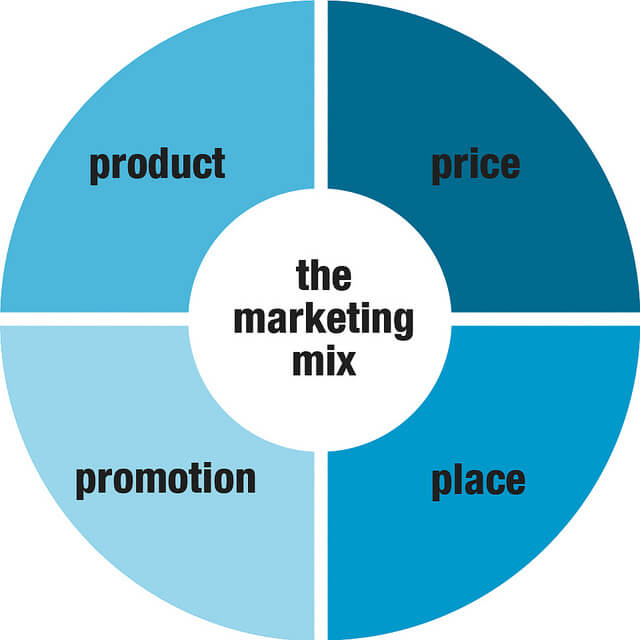Marketing Strategy

In the dynamic landscape of business, an effective marketing strategy serves as the cornerstone of success. It's the blueprint that guides organizations towards their goals, helps them understand their customers, and positions them ahead of the competition. In this blog post, we'll delve into the essential components of a robust marketing strategy, including target marketing, marketing mixes, marketing plans, and customer lifetime value.
Target marketing, also known as market-oriented strategy, is the practice of identifying specific segments of the market that are most likely to respond favorably to your products or services. Instead of adopting a one-size-fits-all approach, target marketing enables businesses to tailor their offerings to meet the unique needs and preferences of different customer groups.

The marketing mix, often referred to as the 4Ps (Product, Price, Place, Promotion), comprises the fundamental elements of a marketing strategy. These elements work in tandem to shape the overall perception of a product or service in the marketplace and influence consumer behavior.
- Product: This refers to the actual offering being sold, including its features, design, quality, and branding.
- Price: Pricing strategy plays a crucial role in determining the perceived value of a product or service. Businesses must consider factors such as production costs, competitor pricing, and consumer demand when setting prices.
- Place: This element focuses on how products or services are made available to customers. Businesses must determine the most effective channels of distribution, whether it's through direct sales, retail partnerships, e-commerce platforms, or a combination of these methods.
- Promotion: Promotion encompasses all the activities aimed at communicating the value proposition of a product or service to the target audience. This includes advertising, public relations, sales promotions, and digital marketing initiatives. The goal is to create awareness, generate interest, and ultimately drive conversions.
![What is a Marketing Plan & How to Write One [+Examples]](https://blog.hubspot.com/hs-fs/hubfs/marketing-plan-examples_1.webp?width=595&height=400&name=marketing-plan-examples_1.webp)
- Market Analysis: Assessment of market trends, competitor analysis, and identification of target segments.
- Marketing Objectives: Clear, measurable goals that align with the overall business objectives.
- Strategies and Tactics: Actionable plans for product development, pricing, distribution, and promotion.
- Budget and Resource Allocation: Allocation of financial resources, personnel, and time to execute the marketing activities effectively.
- Evaluation and Control: Metrics and KPIs for tracking performance, measuring ROI, and making necessary adjustments to the plan.
![How to Calculate Customer Lifetime Value (CLV)? [Formula and Tips to Improve It]](https://www.leadsquared.com/wp-content/uploads/2022/06/Customer-Lifetime-Value-CLV.png)
Customer Lifetime Value (CLV) is a metric that quantifies the total revenue a customer is expected to generate over the entire duration of their relationship with a business. Understanding CLV is essential for businesses to prioritize customer acquisition, retention, and loyalty initiatives.
By focusing on building long-term relationships with customers, businesses can maximize CLV by:
- Providing exceptional customer experiences that foster loyalty and advocacy.
- Offering personalized products, services, and communications based on customer preferences and behavior.
- Implementing loyalty programs, rewards, and incentives to incentivize repeat purchases.
- Continuously analyzing and optimizing the customer journey to identify opportunities for improvement.
In conclusion, a well-crafted marketing strategy is indispensable for achieving sustainable growth and competitive advantage in today's marketplace. By embracing target marketing, leveraging the marketing mixes, developing a comprehensive marketing plan, and prioritizing customer lifetime value, businesses can position themselves for success and thrive
Comments
Post a Comment